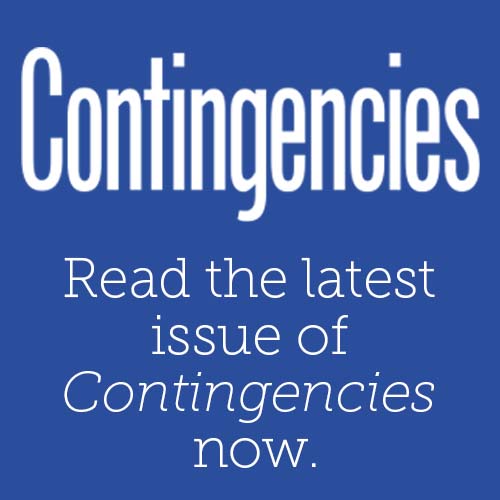Welcome,
Thank you for your continued membership of the American Academy of Actuaries—the U.S. national actuarial association whose mission is to serve the public and the U.S. actuarial profession. While visiting the Academy’s member-only page, please be sure to personalize your Academy member experience by including your demographic information in your profile and selecting the Academy publications across practice areas that interest you most. Don’t forget that you can take advantage of several member-only benefits, including access to our library of highly regarded Academy professionalism and public policy webinars, and Academy Learning, our new education portal.
If you have any questions or need additional information about your Academy membership, please don’t hesitate to contact us (202-223-8196).
Thank you again for your support, and we look forward to serving you this year and beyond.
—Academy Membership Services Team







